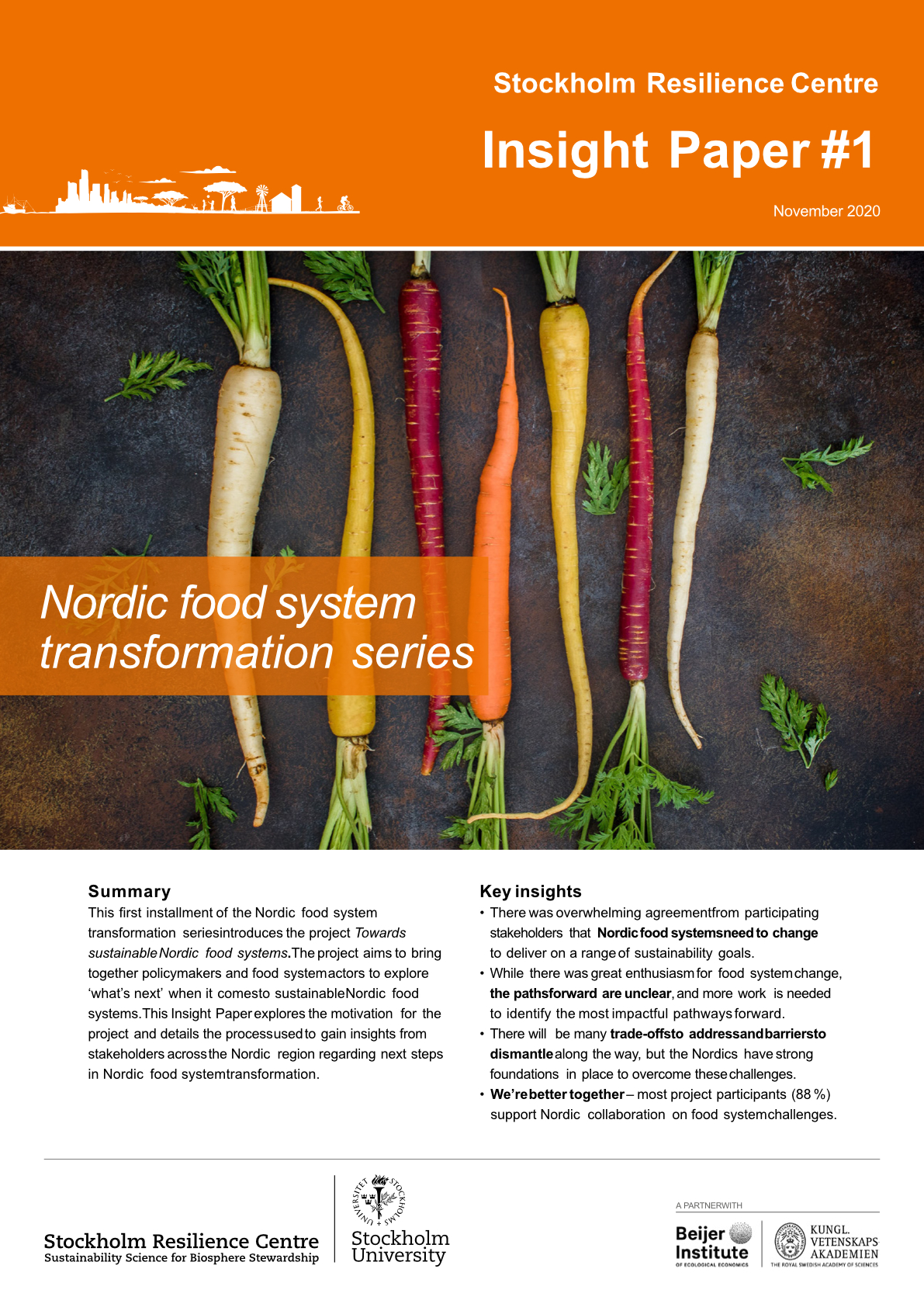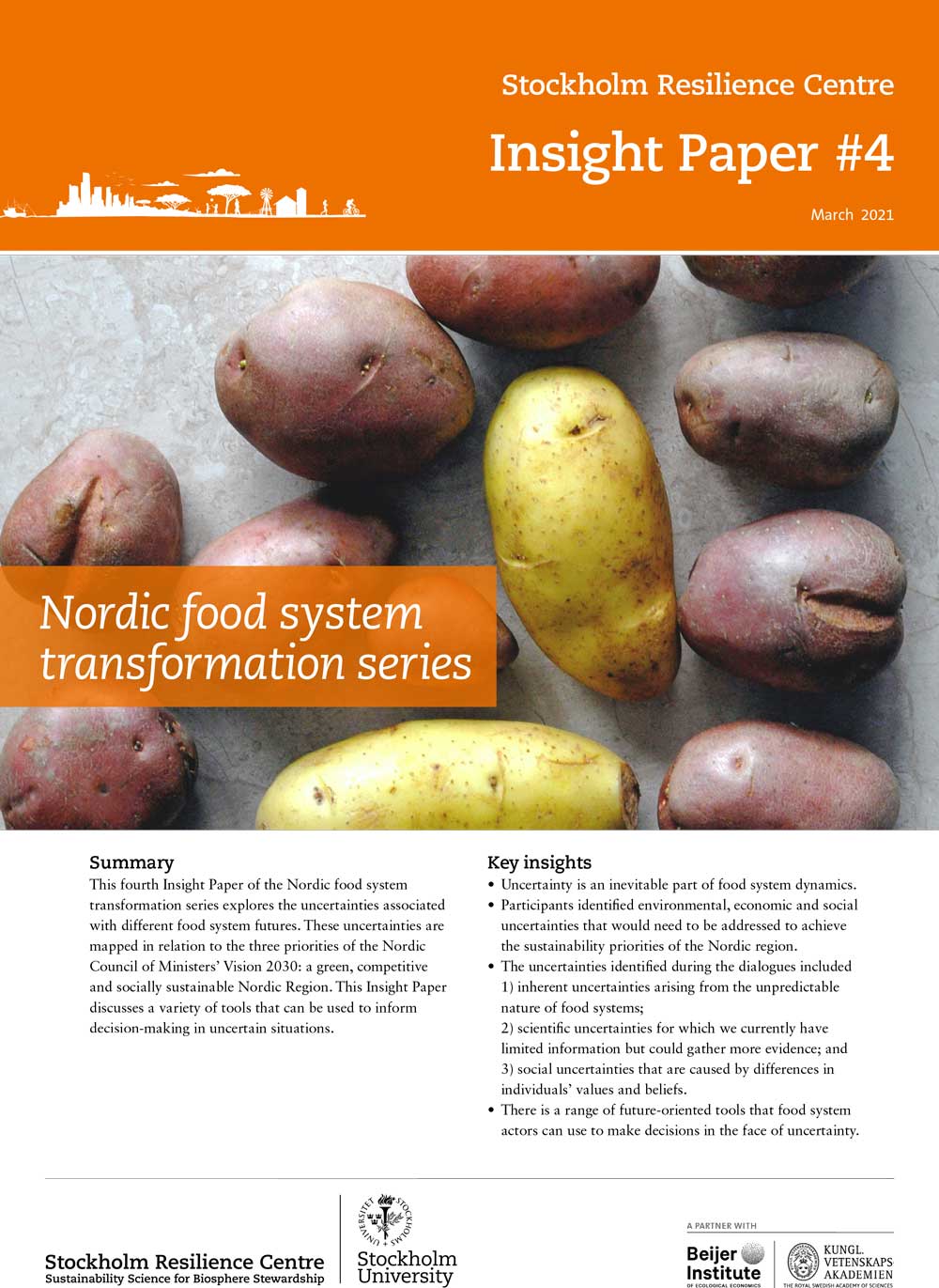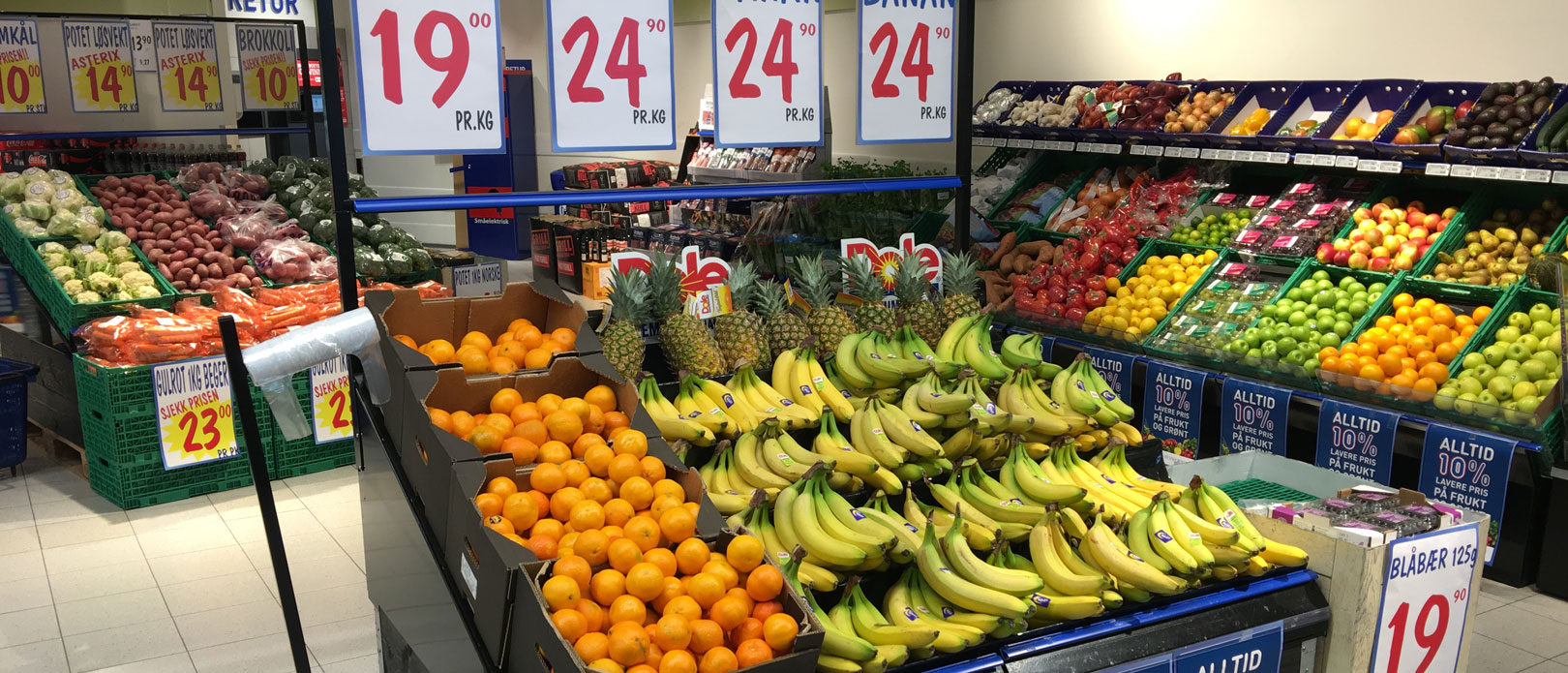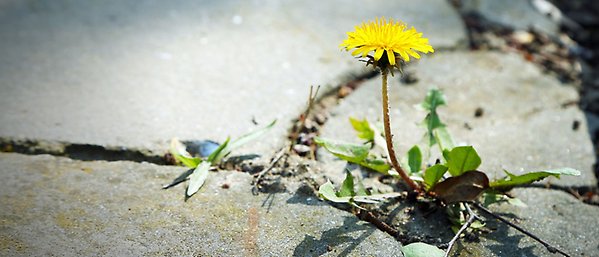NORDIC FOOD
Eight ways to change Nordic food and lifestyles
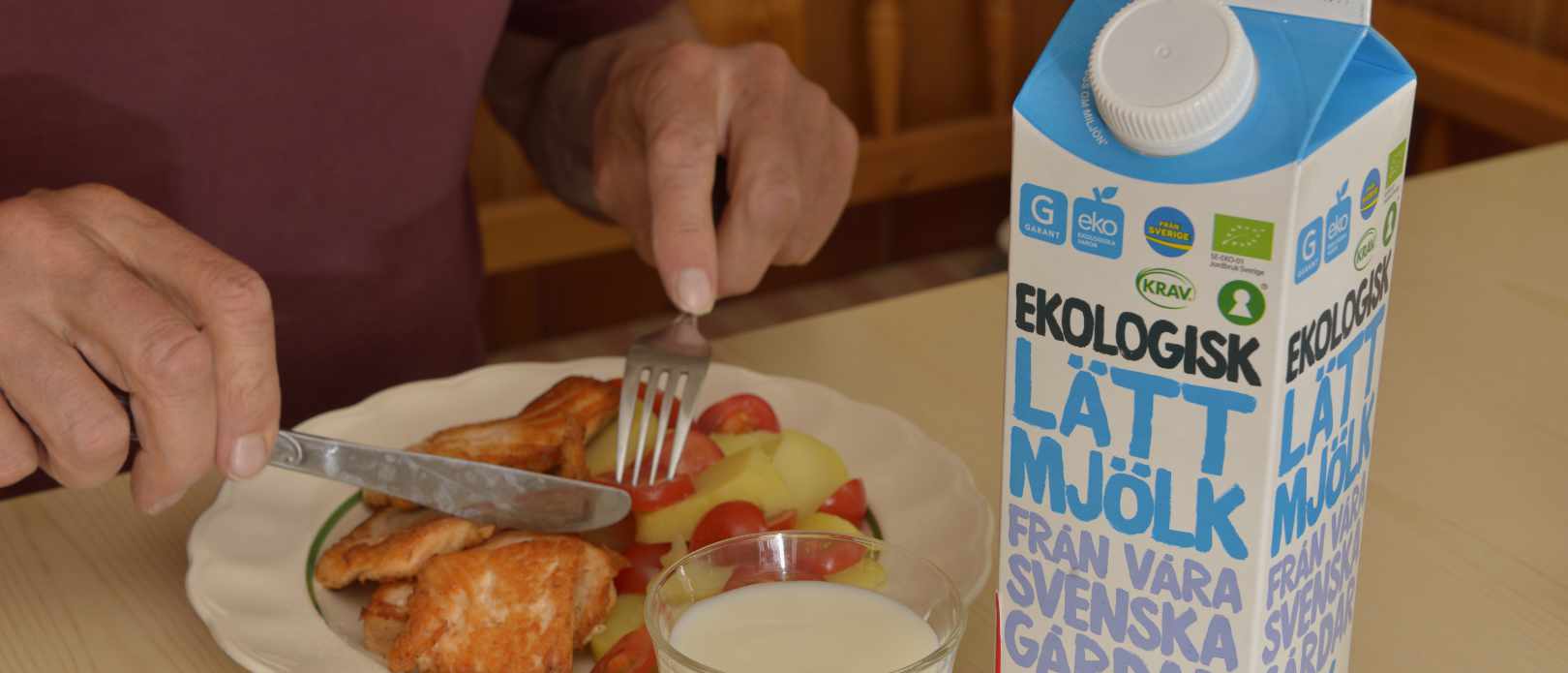
Transforming food systems is a shortcut to sustainable lifestyles. This was the message from more than 115 people who participated in the “Towards sustainable Nordic food systems” project. Photo: B. Ekberg/Azote
Transforming food systems is a shortcut to more sustainable lifestyles. Insights from a Nordic collaboration reveal significant potential for change
- Participants in the project “Towards sustainable Nordic food systems” were encouraged to think broadly about the positive and negative impacts of food system change on all aspects of sustainability
- The project was led by researchers from the Stockholm Resilience Centre and supported by the Nordic Council of Ministers
- Nearly 90% of all the project participants agreed that Nordic food systems need to change if their country is to reach its sustainability goals
Between 2019 and 2020, a series of engaging dialogues involving a wide range of perspectives were carried out in each of the Nordic countries.
115 participants in the project “Towards sustainable Nordic food systems” were encouraged to think broadly about the positive and negative impacts of food system change on all aspects of sustainability, including healthy diets, environmental sustainability, and prosperous livelihoods.
The participants represented government, civil society organisations, youth groups, research, consumer groups, producer organisations and funding bodies across Denmark, Iceland, Finland, Norway and Sweden.
The project was led by researchers from the Stockholm Resilience Centre and supported by the Nordic Council of Ministers.
Opportunities despite bumps in the road
Captured in four insight papers, the analyses of these dialogues have been made public. They demonstrate the potential to push food production and consumption towards a more sustainable trajectory.
The insight papers identify eight specific entry points for Nordic collaboration and existing springboards that can be used to expedite the transition to sustainable food systems.
Barriers to transformation and recommendations on how to overcome these barriers are also covered.
The pathways to sustainable food systems will be filled with bumps in the road, but these Insight Papers illustrate that there is a wide range of existing initiatives, networks, tools and knowledge to draw on that will help us navigate towards our goals.
Amanda Wood, project manager
Eight opportunities for collaboration
Specifically, the Nordics can work together to:
- Define sustainable diets in the Nordic context
- Accelerate a social movement towards sustainable food
- Develop a tool to assess the sustainability trade-offs and benefits of different production systems
- Bolster the agricultural and food sector workforce
- Ensure thriving countrysides and urban-rural connections
- Build an equitable and just food system transformation
- Address the out-sourced impacts of Nordic food systems
- Rethink a competitive export market for Nordic food
A critical ingredient for change
Nearly 90% of all the project participants agreed that Nordic food systems need to change if their country is to reach its sustainability goals.
Half of the dialogue participants felt that the pathways towards sustainable food systems were uncertain. Nevertheless, 88% of participants felt that the Nordic countries should tackle shared food system challenges together. These challenges include avoiding increased diet-related inequality and exciting younger generations to take up careers in food production.
Dialogues like these are critical. Involving a variety of perspectives and encouraging regional cooperation are essential if we want to address food systems challenges together.
Annika Sohlström, Director of the Swedish National Food Agency
All parts of society must contribute
One central entry point to changing food systems is through shifting diets. Diets are a powerful lever because they connect multiple sustainability aspects, including human health and environmental sustainability.
To strike a balance between human and planetary health, current eating patterns in the Nordic region will need to include more fruit, vegetables, whole grain, seeds, nuts and legumes. Many citizens should also consume less added sugar, salt and unhealthy fats, and reduce consumption of red and processed meats and overall energy consumption.
While there are signs that Nordic youth are increasingly interested in sustainable diets, significant change cannot be realised by one part of society alone.
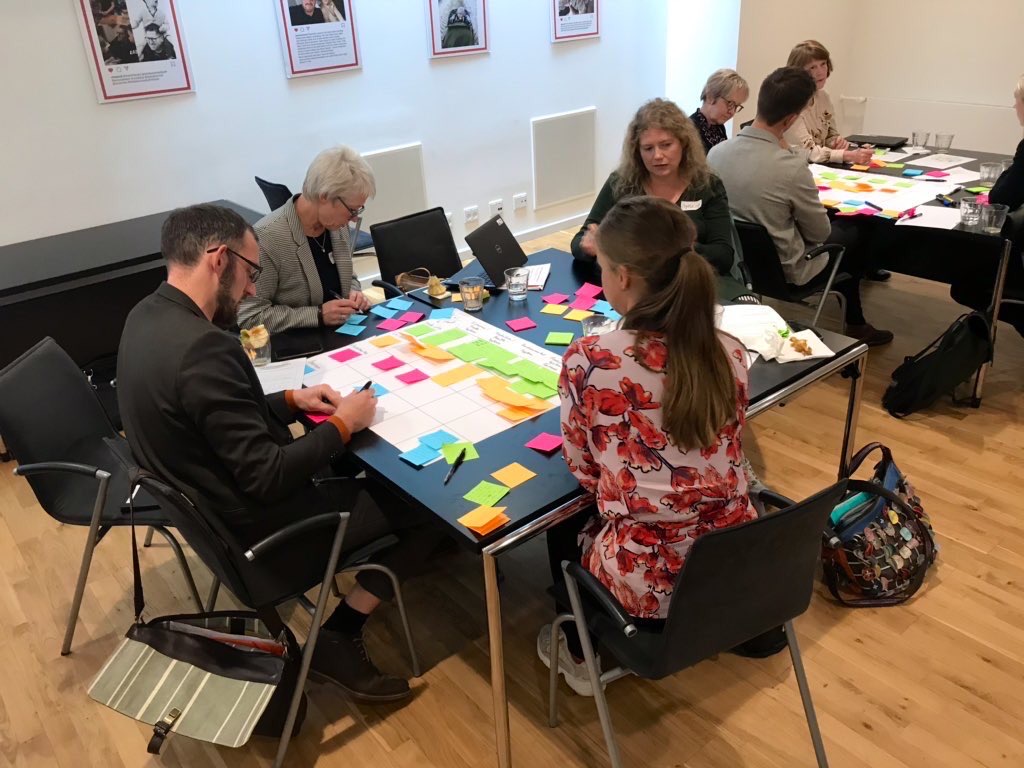
The Towards sustainable Nordic food systems project used scenarios to depict different potential futures and dietary patterns, including less red meat and more legumes and nuts.
A history of cooperation
The Nordic region has a history of cooperating on lifestyle and food-related issues. The Nordic Nutrition Recommendations, a single set of integrated, concise recommendations for Nordic populations, were first released in the 1980s.
Since 2004, the Nordic governments have supported the co-creation of a new Nordic food identity through the New Nordic Food Manifesto. Other forms of cooperation include the Keyhole front-of-package labelling scheme and an agreement to halve food waste in the region by 2030.
Between 2021 and 2024, the Nordic Council of Ministers will focus on sustainable lifestyles in the region, in which changing dietary behaviour plays a significant role.
For more information about the project, contact centre researcher Amanda Wood.
For more information about the project, contact centre researcher Amanda Wood
Download the four Insight Papers
